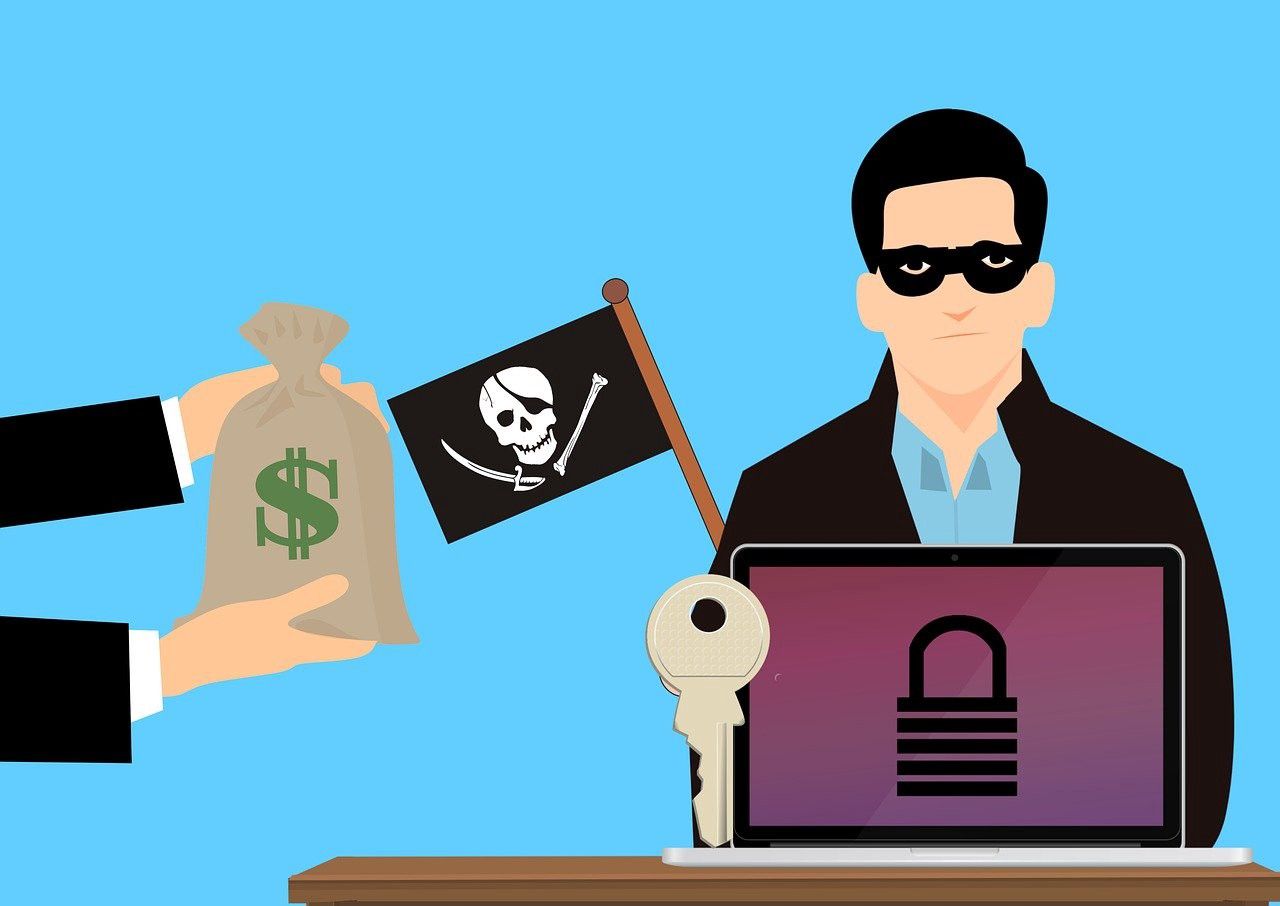Ransomware and Tips on Preventing It
Published by Rajvi Khanjan Shroff,
Author: Marie Ramirez
Date: 8/6/2022

Ransomware is a horrible and widespread cyber attack these days. Many major companies, government agencies, personal devices, and schools have all been impacted by ransomware around the world. Despite the reality of these attacks, they can be protected by following some simple cybersecurity practices, such as cybersecurity awareness training, especially for phishing attacks, the use of antivirus software, and practicing system backups.
So, what is ransomware? Ransomware is a type of malicious software (malware) that threatens to publish or blocks access to data or a computer system, usually by encrypting it, until the victim pays a ransom fee to the attacker. Usually, ransomware comes with a deadline. If the victim does not pay before the deadline, their files will be deleted or published. Most of the amounts asked are a lot of money, especially if ransomware hits these major companies. Even if these victims pay the amount asked, they are most likely to be attacked again, especially if it is not cleaned from their system or if security protections are not implemented.
There are various ways that can help protect you from being attacked by ransomware, and if implemented, these tips can help minimize the risk of being attacked. Even though this cannot protect you in all cases, it will for sure protect you in most cases. These practices are very simple yet very effective.
- Keeping your device up to date is a crucial step in helping you prevent a ransomware attack. Performing these regular updates will prevent your device from any malware and fix up with the new security patches, which would ultimately make it harder for cybercriminals to take advantage of your system.
- Another tip is to make sure that you are using familiar sources. If it is an unknown source, make sure to do a bit of research on that source to make sure it is safe to use.
- Do not open or click on unsafe links or suspicious emails coming from unknown sources/people.
- A very important tip to protect your data is to create a backup. If your data is encrypted by ransomware and you're unable to get it back, ALL your data would be saved and you would not have to worry about losing it. If you don’t have it backed up when you are attacked, you have potentially lost everything. So if you backup your data in intervals regularly, you save yourself a lot of trouble.
- Verify email senders. If you are uncertain whether an email is authentic or not, try to confirm it by getting in touch with the sender. Do not click any of the email's links. Before contacting the sender, check the contact details you have for them with an earlier (legitimate) email, if at all possible.
It’s a shame that many companies, both big and small, which are attacked by ransomware, do not do these simple tasks, as that would help prevent them from all of this.
A recent example of a ransomware attack was at my high school. My school had made an announcement early this summer that they had been attacked by ransomware and were unsure if they were able to get all their data back. It was unclear if they had their data backed up, or done any of these things that could have prevented them from this. This shows that these simple tasks on your system would prevent you from all the stress of being attacked by ransomware. There are ways that you may not think it's ransomware like in an email. Nowadays, phishing is a common way that ransomware attacks occur. Phishing is a primary source to a ransomware infection. It’s especially common since the pandemic because everyone is starting to use their emails to communicate. They are disguised as emails that have a familiar or known person, company, etc. trying to email you and have context that may fool you into thinking that it’s a legitimate message to you. The people who get the phishing email are both high- and low-privileged users. Email is a cheap and simple method for spreading ransomware, making it ideal for attackers. People have no concerns about viewing a file attached to an email because documents are frequently sent over email. When the malicious macro is activated, ransomware is downloaded to the local device before the payload is delivered. Ransomware is a frequent malware threat because it is simple to spread over email. This is why we should practice these simple steps to prevent this from happening to innocent people around the world.
References:
- What is ransomware? - definition, prevention & more: Proofpoint us. Proofpoint. (2022, July 19). Retrieved July 21, 2022, from https://www.proofpoint.com/us/threat-reference/ransomware
- What is ransomware? - definition, prevention & more: Proofpoint us. Proofpoint. (2022, July 19). Retrieved July 21, 2022, from https://www.proofpoint.com/us/threat-reference/ransomware
- Security tip (ST19-001). CISA. (n.d.). Retrieved July 21, 2022, from https://www.cisa.gov/uscert/ncas/tips/ST19-001
- Kaspersky. (2022, February 17). Ransomware protection: How to keep your data safe in 2022. usa.kaspersky.com. Retrieved July 21, 2022, from https://usa.kaspersky.com/resource-center/threats/how-to-prevent-ransomware
